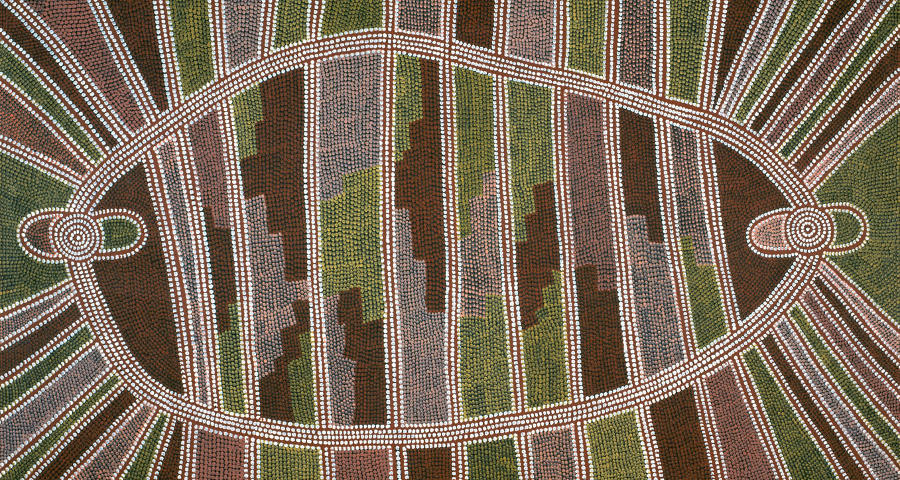In the relationship with the environment, our society has created a kind of pendulum. It alternates a romantic idea of nature to safeguard in opposition to human activities, and a blind faith in the centrality of mankind not bound to its natural environment. But there is a middle way between these two visions of our relationship with nature?
When I had the opportunity to live in Australia I found myself with my dear friend to spend a few weeks climbing on the beautiful walls of Mount Arapiles. This isolated place in the Australian outback is still carrying the currently rare philosophy of clean climbing, where climbers are expected to place their own protection, and remove it after climbing, using a technology that is both simple and sophisticated: metal nuts into the the natural cracks of the rock.
Obviously it takes incredible skill, sensitivity and patience when inserting the nut in order to keep a possible fall and to be then easily removed. But even before you have to be prepared to accept not being able to go where the rock does not allow it. One day down from the mountain almost dancing to the rhythm of the five metal nuts that my climbing partner had brought, appeared at my mind the proverb of Aboriginal Australians "touch this earth lightly ." This was perfectly suited to the way in which we had climbed in those days, both for the technique that allowed us to leave no trace of our passage, both for the non-competitive attitude with which we started climbing. For Aboriginal culture, perhaps the oldest still living on the planet, rocks, trees, rivers and all that belongs to nature as the stars and animals are interconnected, so it is essential that the Man's action does not alter this balance. These thoughts were practiced without falling into philosophical persuasions or into a romantic idea of nature, Aboriginal people have developed and changed the landscape according to their needs using the fire and the natural life cycles of native plants. When the English settlers arrived, there was no untouched nature, but of a large farm at the territorial level. The changes have been carried out with sensitivity and unmatched efficiency. They knew the specific preferences of each animal, such as kangaroos preferred the 'short grass, the bees preferred a typical tree native etc.. and formed models of land development that would guarantee the sustainability and balance of all these elements.
Touch this earth lightly is also the title of a book from the Australian architect Glenn Mercutt. The proverb plays a central role in his work, which fascinated me for the sensitivity to nature. In contrast to much contemporary architecture that literally looks green and exhibits in evidence technologies such as photovoltaic panels to show their "sustainability". Glenn Mercutt works with nature in a simple, direct and practical way, in his work pays much attention the movement of the sun, water and the seasons, and designs his buildings in harmony with these elements and with the simplest of techniques: minimizing the waste for the construction and energy consumption.
Thus, during the descent of the mountain I found that my thoughts and relationship with nature could easily take shape in the two activities that have shaped my personality, mountaineering and architecture. With relationship with nature I intend an active and involved connection, where art and creativity is present, but with a light footstep.
image from: Billy Stockman Tjapaltjarri - Two Men at Ilpitirri (Australia 1983), Arts Centre Melburne, Australia http://www.artscentremelbourne.com.au/
Links:
Bill Gammage: The Biggest Estate on Earth: How Aborigines Made Australia
Philip Drew: Touch This Earth Lightly: Glenn Murcutt in His Own Words





